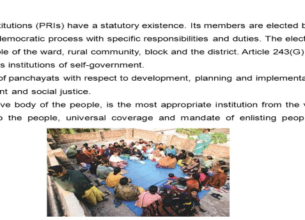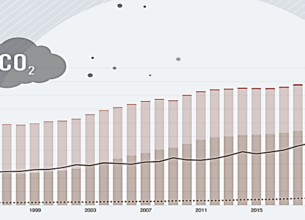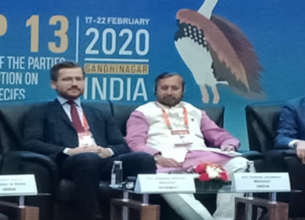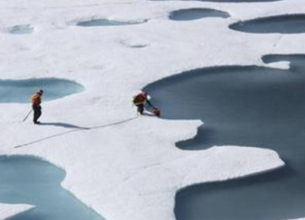EUROPEAN GREEN DEAL
23, Dec 2019
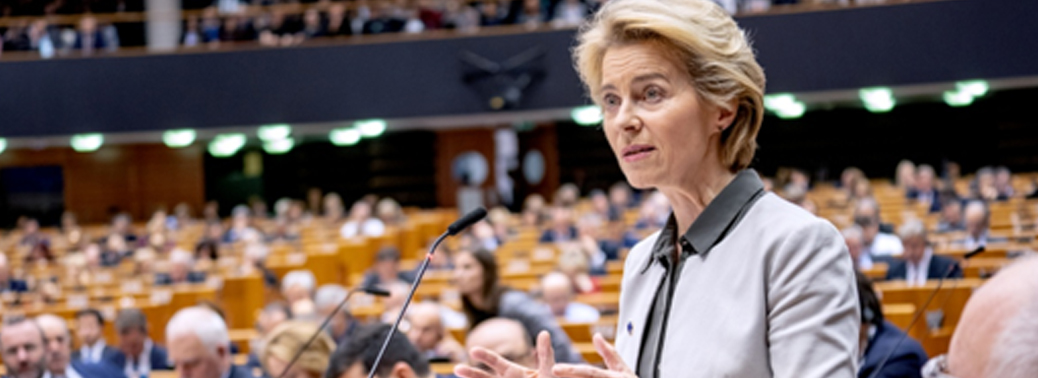
Prelims level : Climate Change and its Impacts
Mains level : GS-III Conservation, Environmental Pollution and degradation, Environmental Impact Assessment.
Why in News?
- After the failure at Madrid, the European Union has come up with an announcement on additional measures it would on climate change, called the European Green
European Green Deal:
- Two major decisions are at the heart of the European Green Deal. The Green Deal includes sectoral plans to achieve these two overall targets and proposals for the policy changes that would be required. Theyare:
Climate Neutrality:
- The EU has promised to bring a law, binding on all member countries, to ensureit
- becomes“climate neutral” by 20
- Climate neutrality, sometimes also expressed as a state of net-zero emissions is achieved when a country’s emissions are balanced by absorptions and removal of greenhouse gases from the
- Absorption can be increased by creating more carbon sinks like forests, while removal involves technologies like carbon capture and
- The EU is now the first major emitter to agree to the 2050 climate neutrality target. It has said it would bring a proposal by March next year on a European law to enshrine this target.
Emission Reduction:
- The second decision pertains to an increase in its 2030 Emission Reduction
- In its climate action plan declared under the Paris Agreement, the EU was committed to making a 40 per cent reduction in its emissions by 2030 compared to 1990
- It is now promising to increase this reduction to at least 50 per cent and work towards 55 per
- Even at 40 per cent, the European Union had the most ambitious emission reduction targets among the developed.
Significance:
- The 28EU member countries are together the third-largest emitter of greenhouse gases in the world after China and the United States,
- The EU also happens to be only one among major emitters to retain the 1990 baseline for emission cuts originally mandated under the Kyoto Protocol for all developed
- The European Union, as a whole, has been doing better than other developed countries on reducing
- In 2010, the EU had pledged to reduce its emissions by at least 25per cent by 2020 from 1990
- By 2018, it claimed to have achieved 23per cent reduction in
- In terms of emission reductions, it probably is on track to meet the 2020target, unlike any developed country outside the
Lacunae:
- The EU, however, has not been fulfilling all its climate
- The Kyoto Protocol required the rich and developed countries to provide finance and technology to the developing countries to help them fight climate
- In those respects, there has been little climate money flowing out of the EU, especially for adaptation needs of developing countries, and transfer of new climate-friendly technologies.
- This is the reason why developing countries, like India and China, have been repeatedly raising the issue of unfulfilled obligations of developed countries in the pre-2020period, that is covered by the Kyoto



